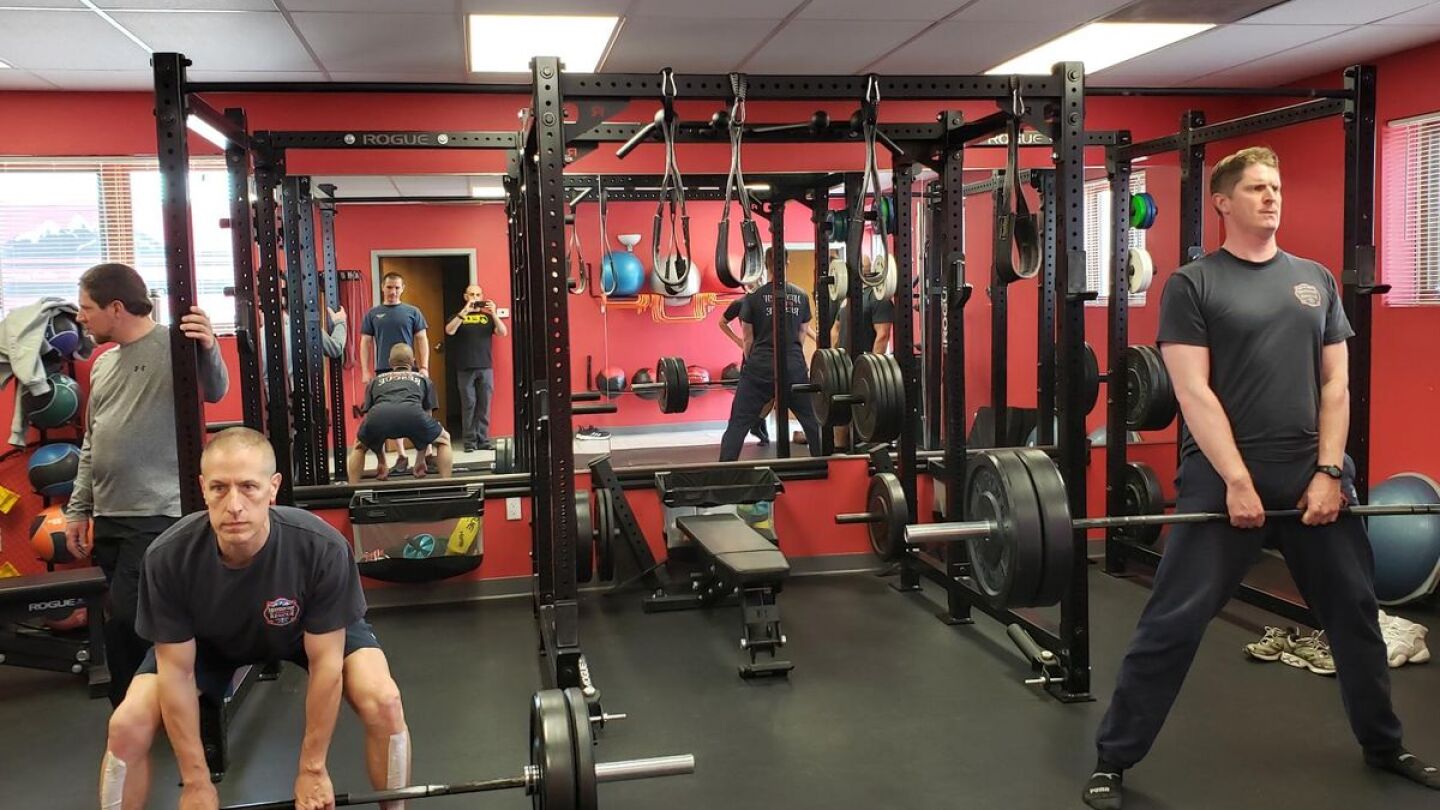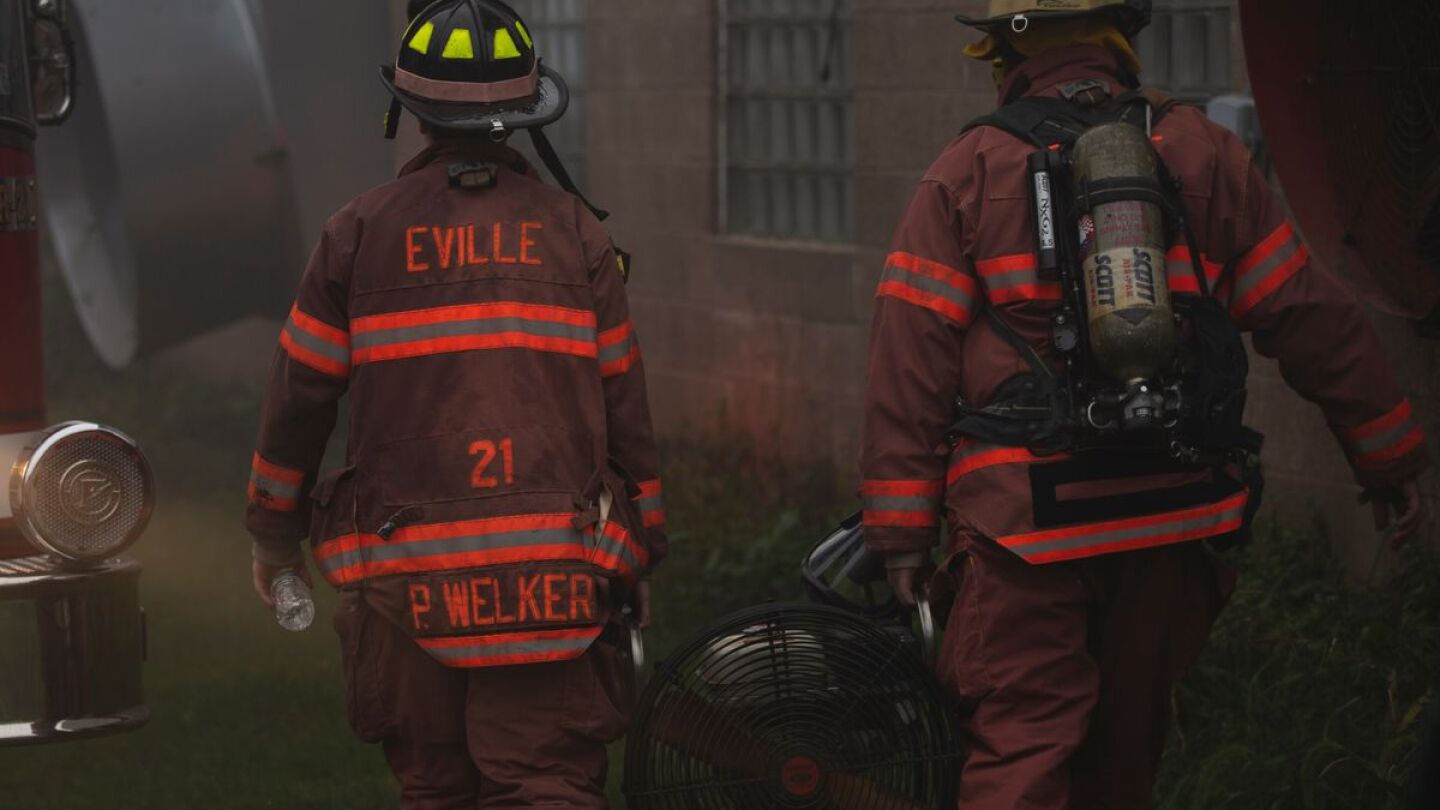National Fire Protection Association (NFPA)
The National Fire Protection Association is a global self-funded nonprofit organization devoted to eliminating death, injury, property and economic loss due to fire, electrical and related hazards. The NFPA delivers information and knowledge through more than 300 consensus codes and standards, research, training, education, outreach and advocacy. The FireRescue1 NFPA topic includes articles and exclusive columns and videos about NFPA certification, standards and updates you need to know.
Detailing the updates to NFPA 1580, chapter by chapter, following the consolidation of 1582 and other health-related standards
Use these planning tools, prompts and ideas to support behavioral health in your department
Detailing the process from training to application
The RedZone particulate blocking firefighter hood from LION closes the point of entry for particulates and vapors
Download the eBook for a closer look at active shooter response efforts in the context of this first-of-its-kind standard
It’s time to focus on standardization and integration of fire and EMS systems – future milestone advancements for the fire service
Leaders must acknowledge that some accepted “truths” do not align with reality
The report breaks down the year’s fatalities to 34 volunteer firefighters, 25 career firefighters, four state or federal contractors or employees and one prison inmate
Firefighters should be familiar with fireworks-focused standards and state regulations
Outlining the response responsibilities helps departments better prepare and train for large-scale incidents
NFPA offers free online training to help responders keep pace with the surge in alternative energy technology
Fire departments have many approaches but one goal in applying NFPA 1851 to keep firefighters safe
Identifying firefighter hazards, response area features and potential operations help in PPE selection
Fire foam, advances in fire pump systems combat lightweight construction fire speed and contaminate hazards
The idea of requiring paramedics to earn a college degree is a hot topic among industry personnel, with national organizations weighing in
Requiring degrees for paramedics places undue burden on those entering the field and fire-based EMS training programs
Don’t wait to acquire the essential clothing, boots and packs for personal protection and portable tanks for rapid deployment
In a joint statement, four national organizations state the reasons they oppose requiring college degrees for entry-level paramedics
Should fire departments be testing firefighter PPE ensemble components to evaluate their ability to keep firefighters safe?
Recommending NFPA PPE product standards incorporate systematic ways of regulating restricted substances for new products
From EMS calls to wildland firefighting, today’s firefighters face more than just structural interior firefighting
NFPA 3000 provisional standard brought EMS, firefighters and law enforcement together to tackle interagency training
A government-approved method to refurbish SCBA units and cylinders can provide significant savings to fire departments
Metropolitan Fire Chiefs from the U.S., Canada and the U.K adopted five important documents as official UFF-Metro Chiefs position papers
Firefighter PPE must in be a serviceable condition in order for these items to provide the needed protection
Exploring the factors that go into hiring firefighters, locating fire stations and purchasing fire apparatus
Chief Marc Bashoor discusses how the recent NFPA LODD report accounts for decreasing firefighter LODDs and how to combat the lingering challenges
Roadway incidents and cardiovascular health are the biggest dangers to firefighters as reported by the NFPA LODD research
Reintroducing NFPA standards and fire service initiatives to incorporate nutrition and fitness in your firefighter wellness program
A total of 60 U.S. firefighters died in the line of duty in 2017 – a number that represents the lowest total since 1977
In theory, automatic aid sounds like it would benefit all departments and jurisdictions involved, but that may not always be the case
Changing the way we approach on-scene firefighter rehab can help protect firefighters from exposure to carcinogens while removing their PPE
Your firefighter boots require inspection and cleaning, just as thorough as the rest of your turnout gear
MOST POPULAR
- 3 fire service myths: Data, response times and coverage equity
- Firefighter health and wellness: How the movement has evolved
- YouTube channels that will make you a smarter firefighter
- Situational awareness at structure fires: 4 questions to guide decision-making
- Smart selections: How the new NFPA 1970 could change the turnout gear equation




























